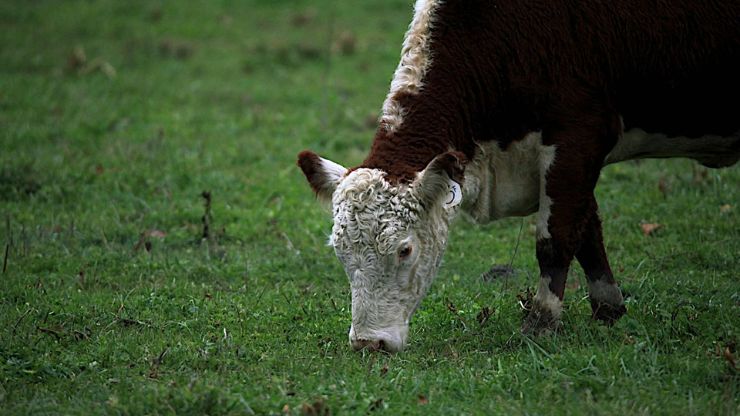Embark on a captivating journey through the diverse animal kingdom as we unveil the secrets of nature’s herbivores. In this blog, we delve into the fascinating world of vegetarian animals, showcasing a unique lineup of creatures that thrive on a plant-based diet. From the majestic to the peculiar, each entry in our list exemplifies the incredible adaptability and preferences of herbivorous species. Whether you’re an animal enthusiast or simply curious about the wonders of the natural world, join us in exploring the Top 10 Vegetarian Animals and gain a deeper appreciation for the variety of life sustained by plant-based nutrition.
Table of Contents
Toggle10 Vegetarian Animals
Elephants

Elephants, the largest land mammals, are not only renowned for their size but also for their distinct herbivorous diet, which plays a crucial role in shaping the ecosystems they inhabit. With a daily intake ranging from 200 to 600 pounds of vegetation, including grasses, fruits, and leaves, elephants are constant foragers, perpetually on the move in search of food and water. Their remarkable adaptability is reflected in the flexibility of their trunks, allowing them to grasp, tear, and consume various plant materials. Elephants are keystone species, influencing the distribution of vegetation and acting as significant seed dispersers, contributing to the biodiversity and health of their habitats.
Also Read: The 10 Most Friendly Wild Animals in the World
Giraffes
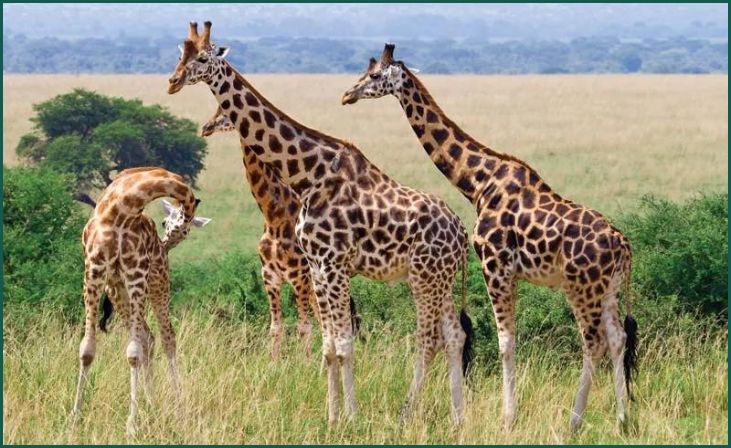
Towering over the African savannah, giraffes are elegant herbivores with distinctive long necks, and their dietary habits are as unique as their physical appearance. Primarily feeding on acacia leaves, giraffes showcase adaptability by consuming various other plants to meet their nutritional requirements. The incredible length of their tongues, reaching up to 45 centimeters, allows them to skillfully navigate thorny branches, extracting the most nutritious leaves. Giraffes’ herbivorous lifestyle highlights not only their physical adaptations but also the intricate balance of nature in their habitats, where their feeding habits contribute to the resilience and diversity of plant life.
Gorillas
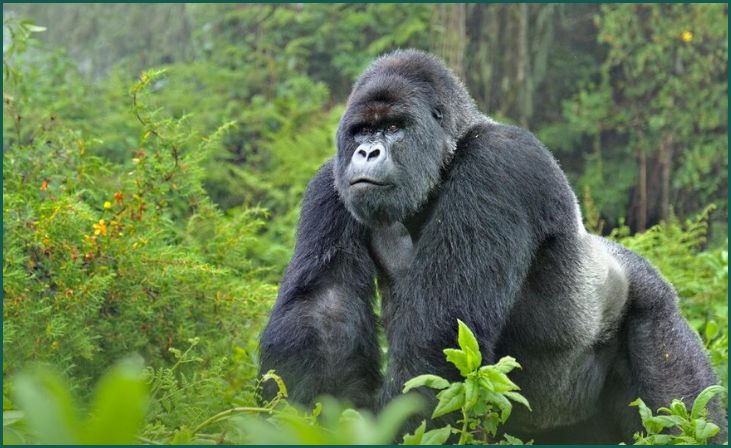
As the largest primates, gorillas are predominantly herbivores, sustaining themselves on a diet rich in leaves, stems, and shoots. Despite their imposing appearance, gorillas are gentle giants that play a vital role in maintaining the health of forest ecosystems. Their feeding habits promote the growth of diverse plant species, and their movements through dense vegetation aid in seed dispersal. Gorillas, as herbivores, exemplify the interconnected relationship between animals and their environments, emphasizing their importance in preserving the biodiversity of their habitats and contributing to the overall ecological balance.
Manatees
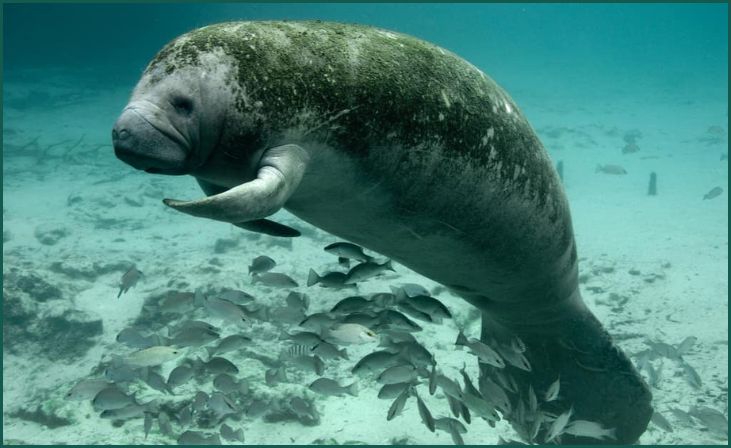
In the underwater realm of marine herbivores, manatees emerge as gentle giants with a diet exclusively composed of aquatic plants, primarily seagrasses and water hyacinths. Despite their marine habitat, manatees rely on freshwater sources for drinking, showcasing their unique adaptation to dual environments. Their herbivorous lifestyle contributes significantly to the health of coastal ecosystems. As they graze on underwater vegetation, manatees help maintain balanced plant communities and play a role in nutrient cycling, highlighting the importance of preserving their habitats for the well-being of these marine herbivores.
Hippopotamuses
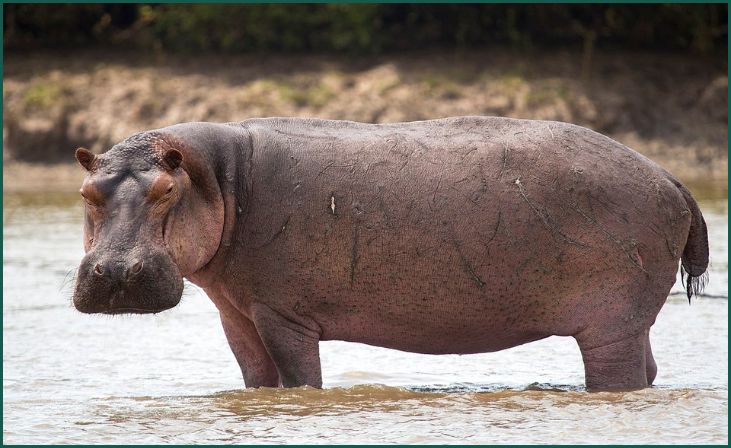
Contrary to their formidable appearance, hippos are herbivores that primarily graze on grasses. Consuming up to 80 pounds of vegetation each night, hippos play a crucial role in nutrient cycling within aquatic ecosystems. Their presence influences vegetation patterns along riverbanks, shaping the landscape and demonstrating the intricate connections between herbivores and their surrounding environments. The herbivorous habits of hippos contribute to the delicate balance of ecosystems, showcasing their importance in maintaining biodiversity and the overall health of aquatic habitats.
Sloths
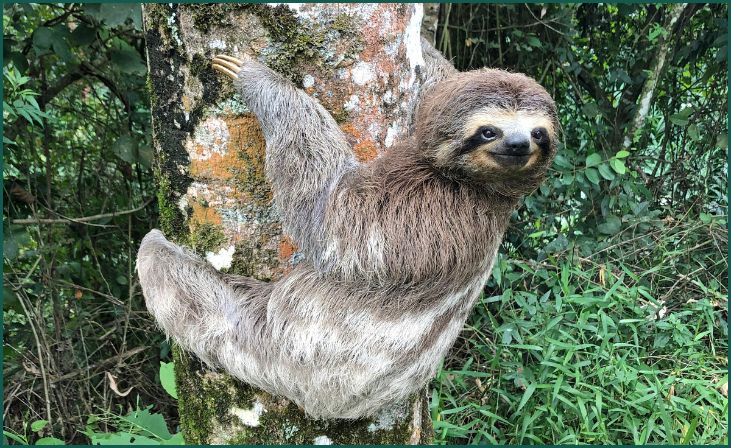
Sloths, recognized for their slow and deliberate movements, are herbivores residing in tropical rainforests, and their dietary habits are closely tied to their unhurried lifestyle. Their diet mainly consists of leaves, and they possess a unique four-chambered stomach to efficiently digest fibrous plant material. The slow metabolic rate of sloths allows them to survive on a low-energy diet of leaves, showcasing their adaptation to the challenges of a herbivorous lifestyle in the canopy. Sloths’ unhurried approach to life underlines the diversity of herbivorous adaptations in the animal kingdom and their role in shaping the structure of rainforest ecosystems.
Don't just scroll, subscribe!
BuzzTrail's unique web-stories are the cure for boredom you've been waiting for.
Pandas
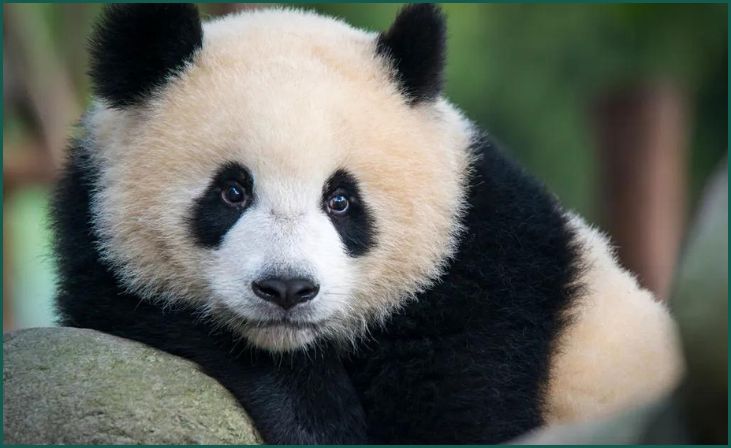
Giant pandas, native to China, are charismatic herbivores primarily reliant on bamboo for sustenance. Despite their carnivore ancestry, pandas have adapted to a vegetarian diet, with bamboo making up 99% of their food intake. The conservation of bamboo-rich habitats is crucial for the survival of these endangered bears, as bamboo serves not only as their primary food source but also as a crucial component of their habitat. Pandas’ herbivorous habits and their dependency on specific plant species underscore the delicate balance required for the preservation of their ecosystems and the challenges faced by specialized herbivores in a changing environment.
Iguanas

Iguanas, commonly found in tropical and subtropical regions, are herbivorous reptiles with a diverse diet that includes fruits, flowers, and leaves. Some iguana species are arboreal, spending much of their time in trees, while others are terrestrial, showcasing the adaptability of herbivorous diets across different habitats. Iguanas play a vital role in seed dispersal, contributing to the regeneration of plant species in their ecosystems. Their diverse feeding habits highlight the importance of these herbivores in maintaining the ecological balance of their habitats and the intricate web of interactions between herbivores and plant life.
Rabbits

Rabbits are well-known herbivores, sustaining themselves on a diet predominantly consisting of grasses and leafy greens. Their unique dental anatomy, featuring continuously growing incisors, is adapted to the constant wear caused by the fibrous nature of their plant-based diet. Rabbits are prolific breeders, and their herbivorous habits contribute to the control of vegetation in various ecosystems. Their role as herbivores influences vegetation patterns, and their rapid reproduction emphasizes the impact that herbivores can have on the ecological balance of their habitats. The interconnected relationship between rabbits and plant life underscores the importance of herbivores in shaping and maintaining diverse ecosystems.
Also Read: The Top 10 Pets That Are Illegal to Own in Canada
Koalas
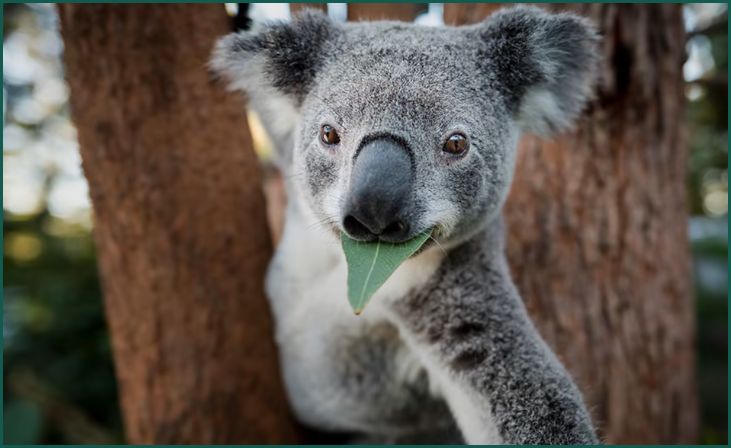
Native to Australia, koalas are marsupials with a specialized diet of eucalyptus leaves, showcasing a unique herbivorous adaptation. While eucalyptus leaves are tough and toxic, koalas have developed specific adaptations, such as a unique digestive system, to break down these challenging plant materials. Koalas showcase the niche adaptations of herbivores to specific plant types in their ecosystems. Their reliance on eucalyptus trees for both food and shelter underscores the intricate relationship between herbivores and their habitats. The conservation of eucalyptus-rich environments is crucial for the survival of koalas and the preservation of their herbivorous way of life, illustrating the delicate balance required to sustain specialized herbivores in their natural habitats.
Conclusion
As we conclude our exploration into the world of vegetarian animals, it becomes evident that nature’s menu is diverse and adaptable. From land to sea, herbivorous creatures showcase the incredible ways in which they have evolved to thrive on a plant-based diet. The Top 10 Vegetarian Animals not only highlight the uniqueness of each species but also emphasize the delicate balance within ecosystems.
As we marvel at the diversity of vegetarian adaptations, let’s reflect on the importance of preserving habitats and ensuring the well-being of these remarkable creatures. Nature’s herbivores remind us of the interconnectedness of all life forms, and by understanding and appreciating their vegetarian lifestyles, we contribute to the conservation of our planet’s rich biodiversity.
FAQs
Which surprising animal is known for its vegetarian diet?
Which surprising animal is known for its vegetarian diet?
The giant panda is a surprising vegetarian, primarily consuming bamboo shoots, leaves, and stems, making up 99% of its diet.
Are there any marine animals that are vegetarian?
Are there any marine animals that are vegetarian?
Yes, manatees are marine herbivores, feeding on aquatic plants like seagrasses and water hyacinths, showcasing a unique vegetarian lifestyle in the ocean.

